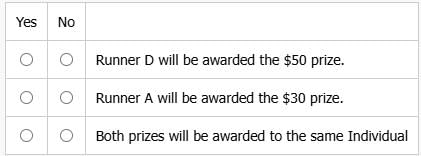Part 1:
A majority of people living in these cities do not have easy access to a public park.
-
In the table, Public Park percentages are quite low (10–25%). Lack of access could explain these low figures.
→ Would Explain
Part 2:
The proportion of residents that live in proximity of a movie theater is lower in Dallas than in Boston and Los Angeles.
-
Dallas has 10% regular visitors to movie theaters, far less than Boston (34%) and Los Angeles (31%). Less proximity would explain this.
→ Would Explain
Part 3:
The proportion of people who prefer to spend time indoors is greater in Dallas than in Chicago.
-
If Dallas had a greater indoor preference, it should have higher percentages for department stores, movie theaters, and restaurants. But Dallas is lower than Chicago in all three indoor categories.
→ Would Not Explain
d) Part 1: Would Explain; Part 2: Would Explain; Part 3: Would Not Explain



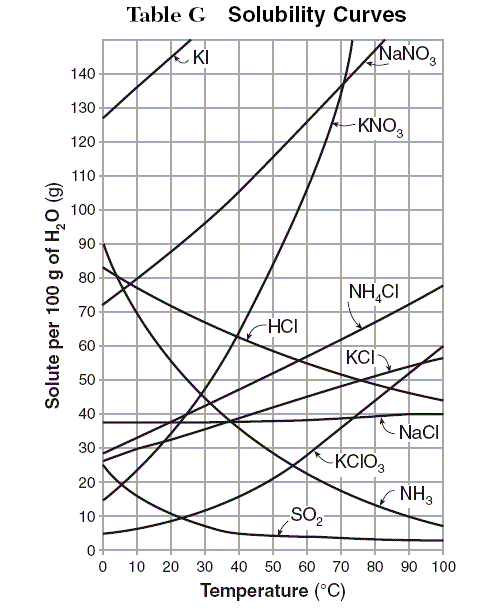
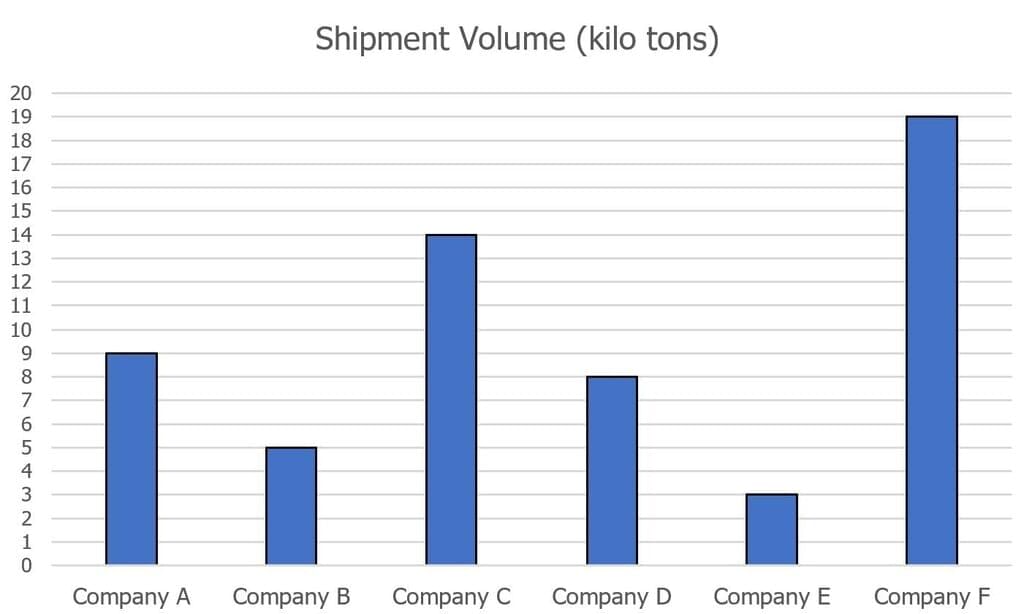
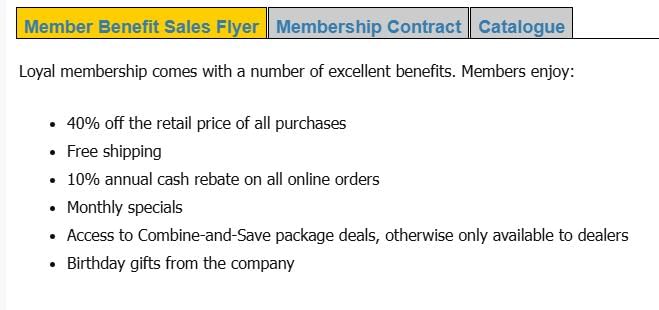
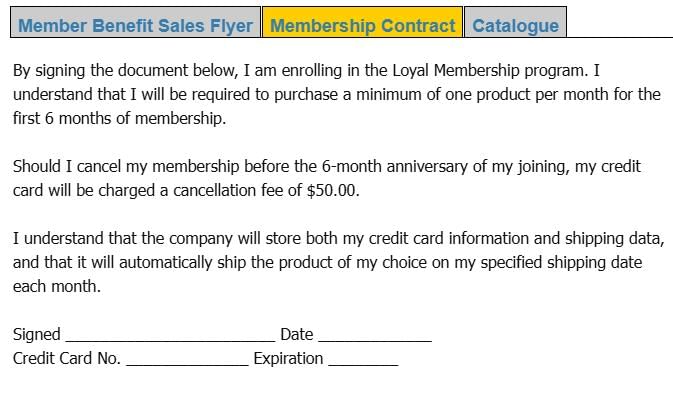
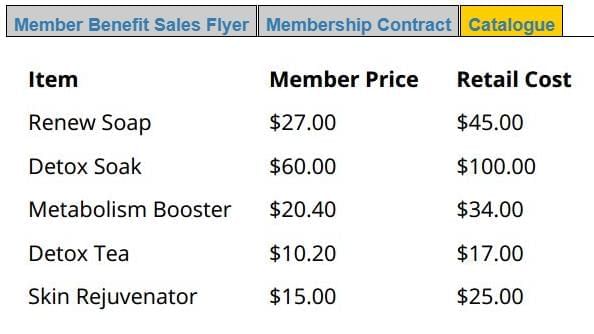

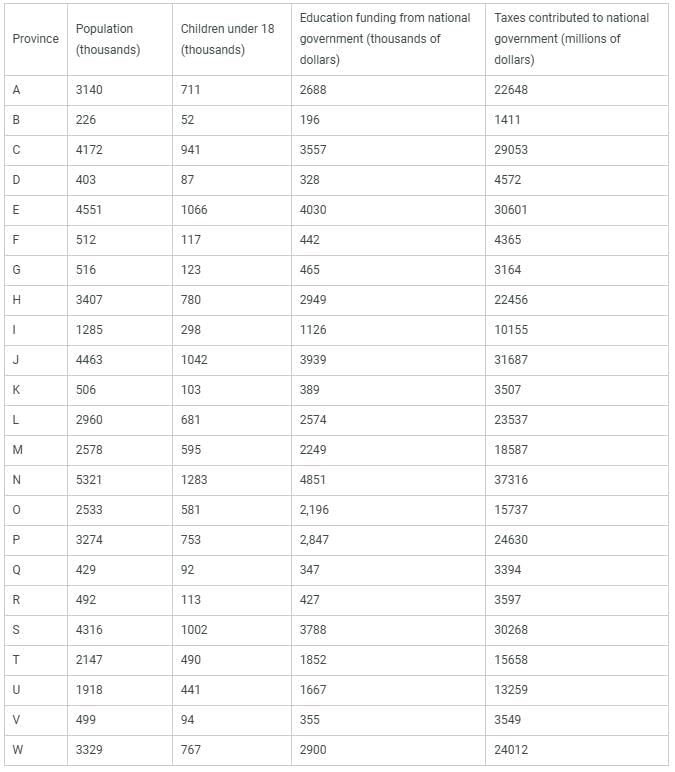

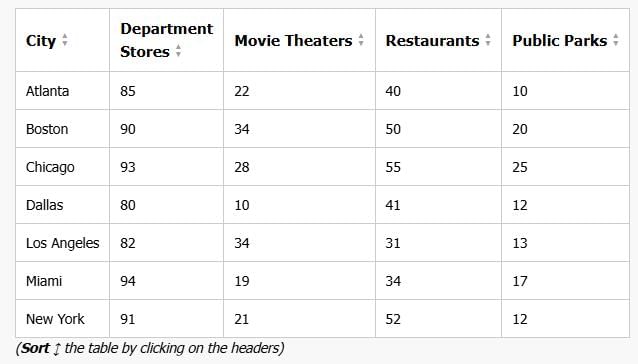

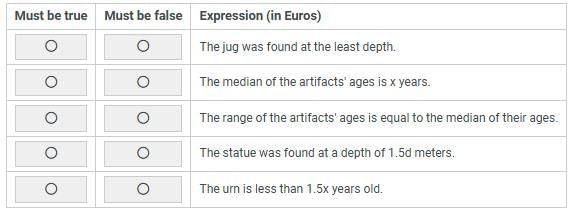

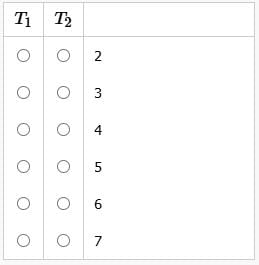
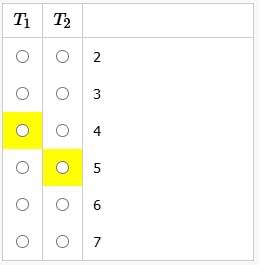
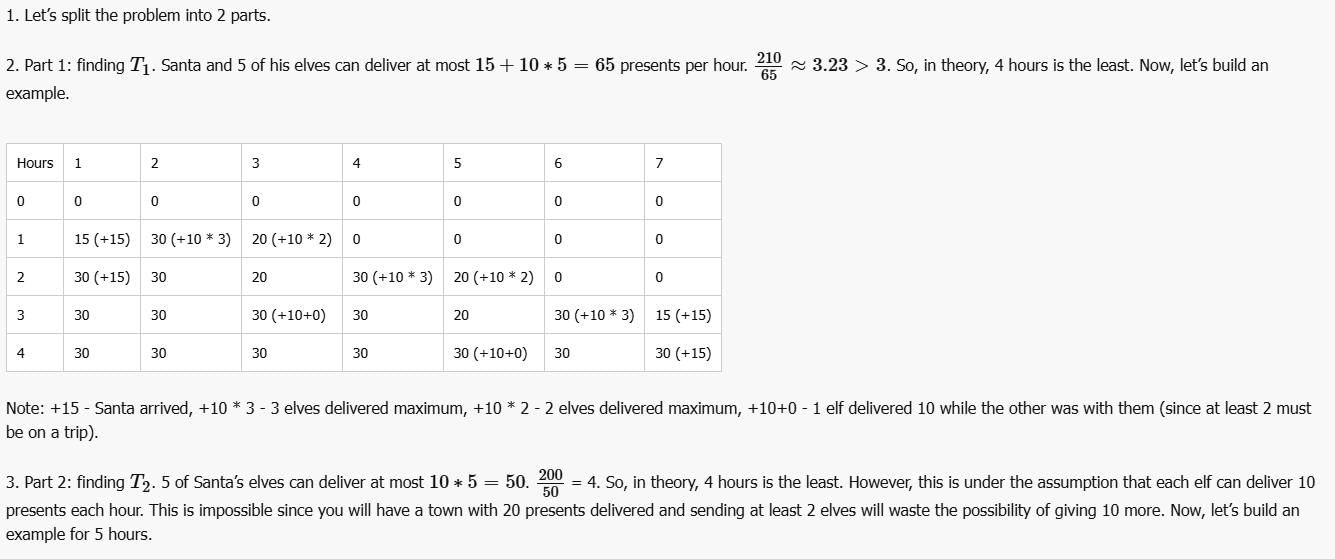

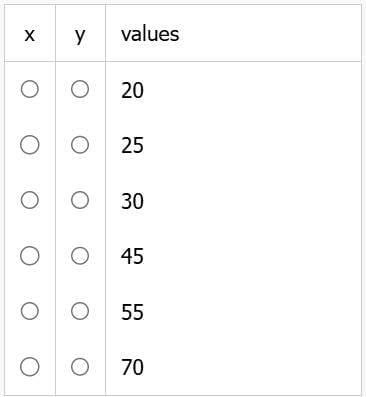
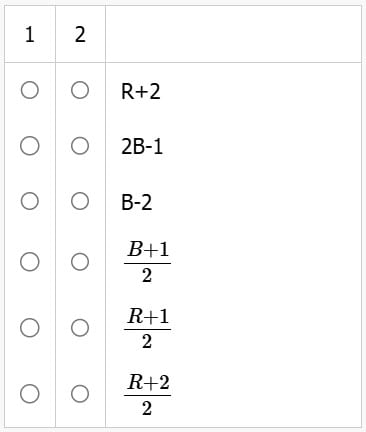


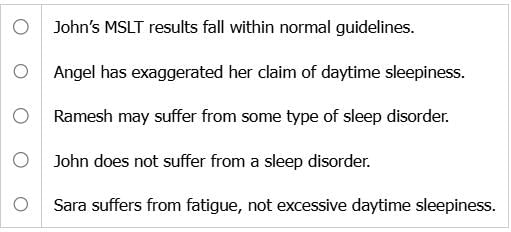
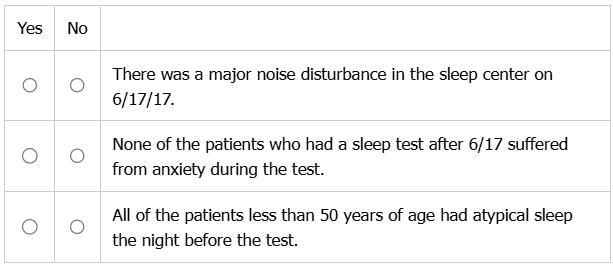
 percent of the estimated year-end total population of Nation X in 2010.
percent of the estimated year-end total population of Nation X in 2010.

